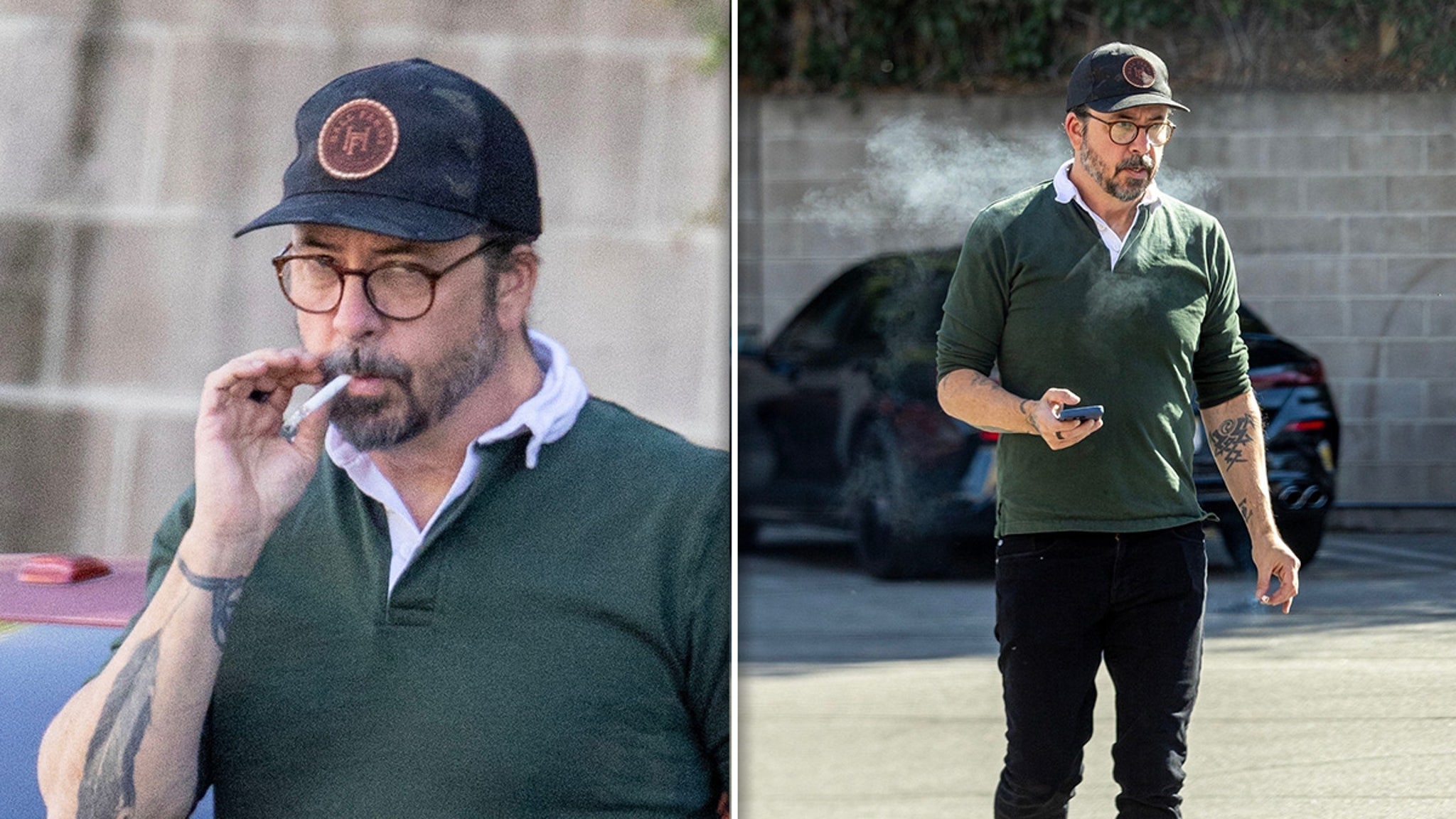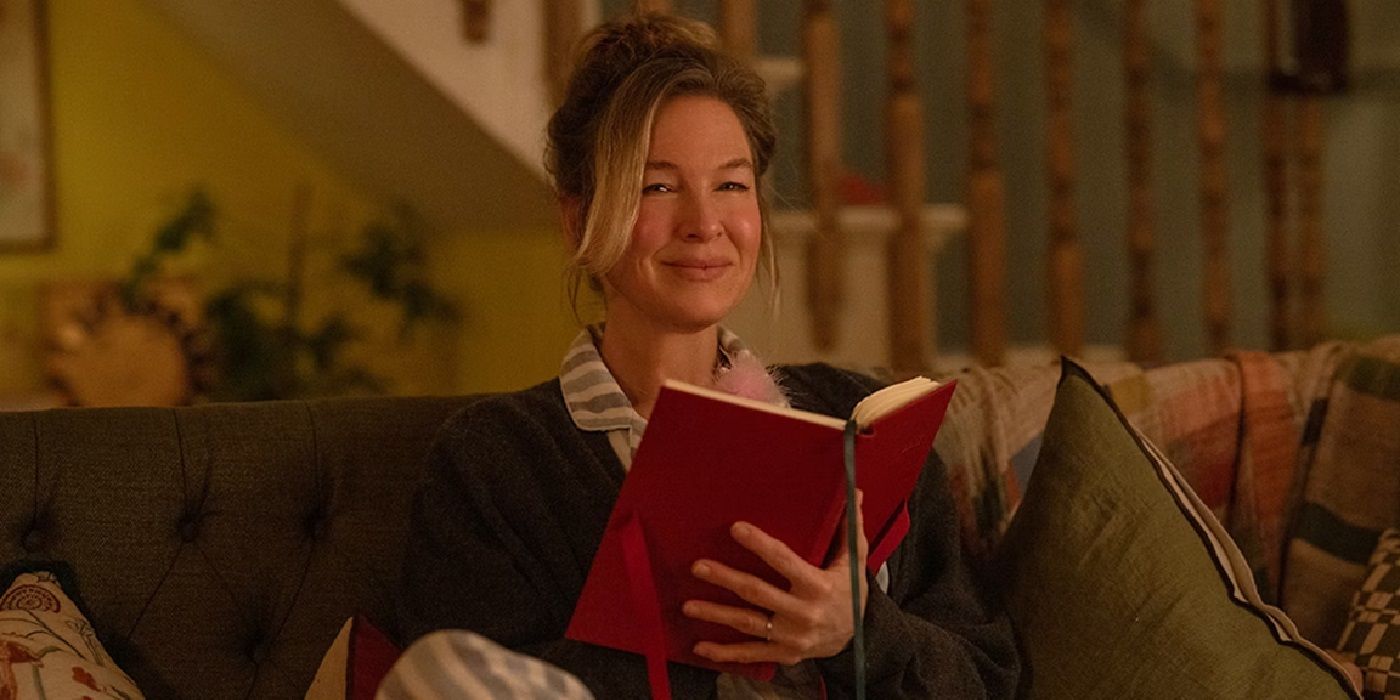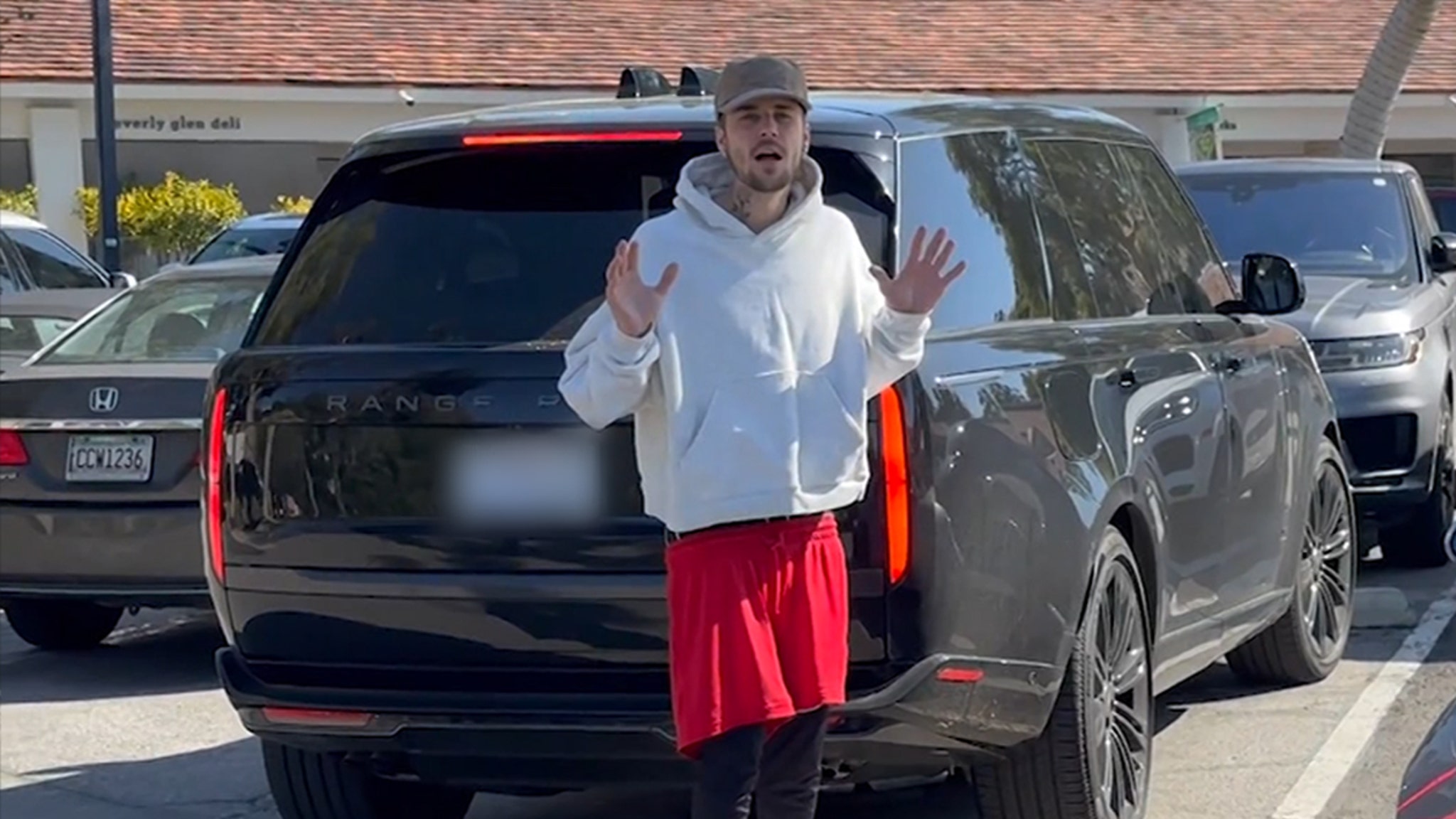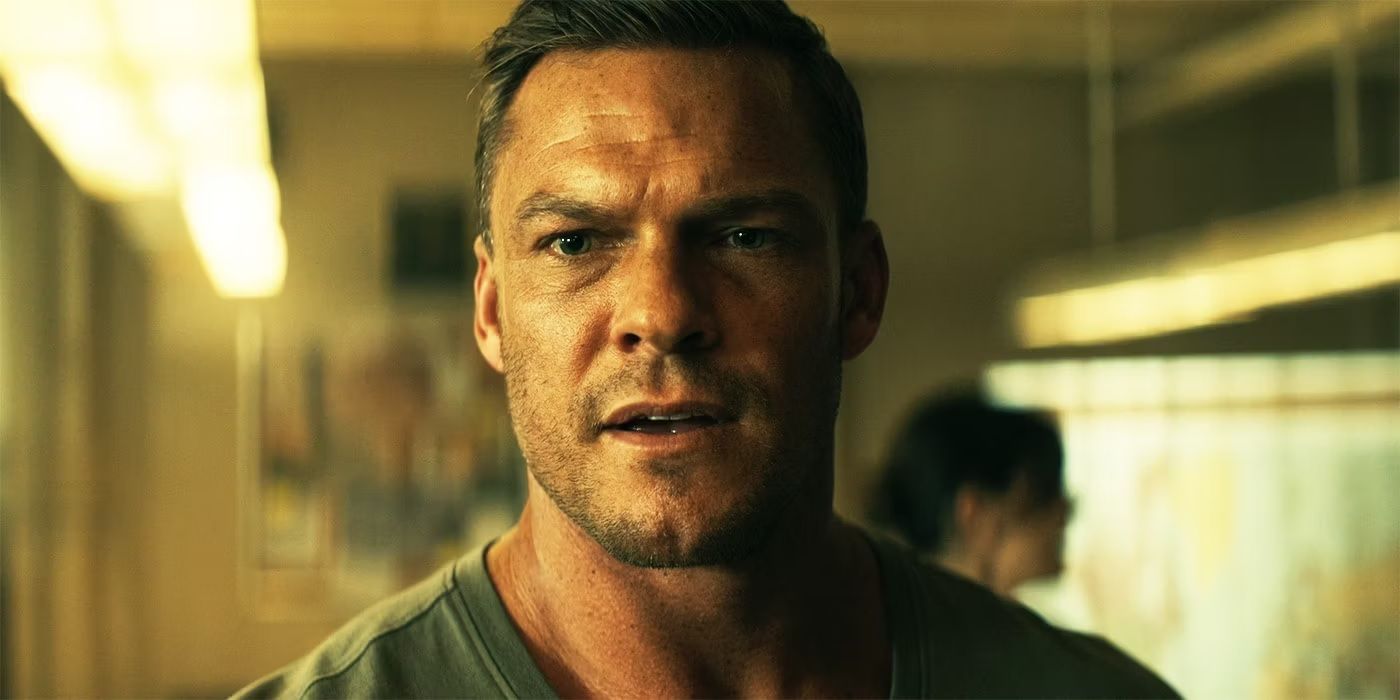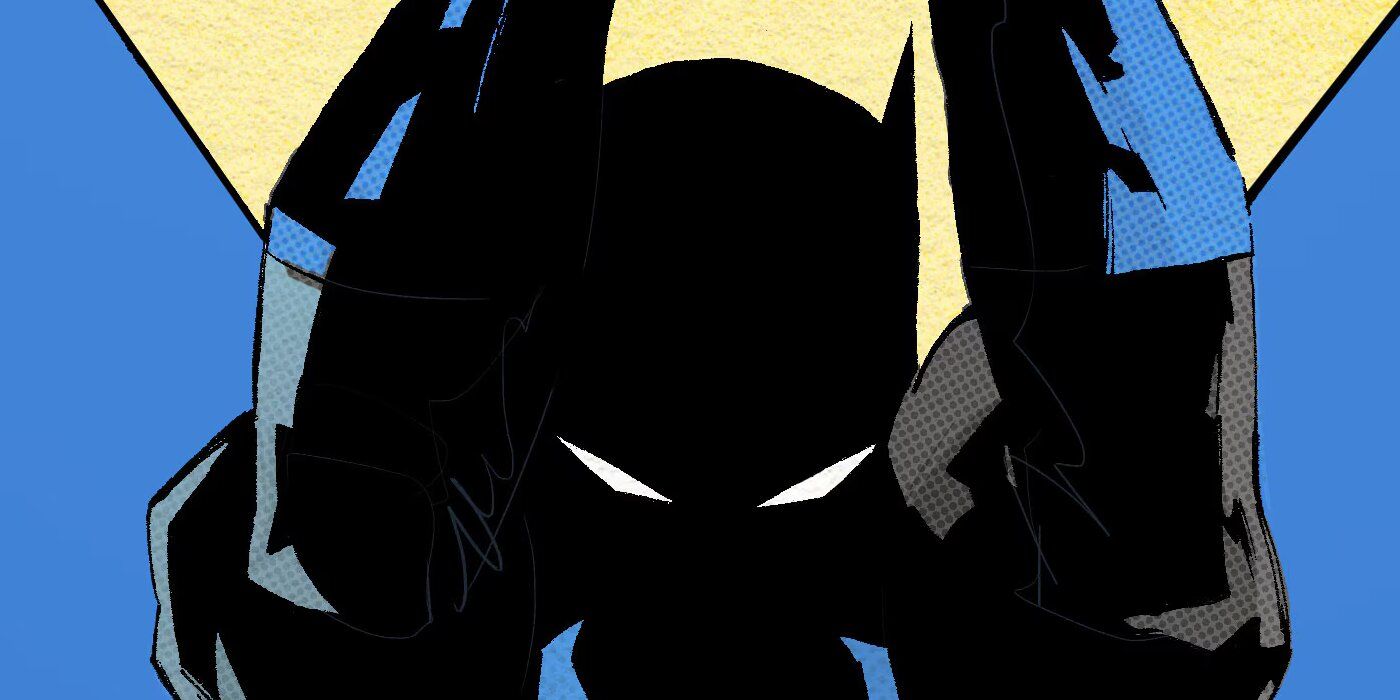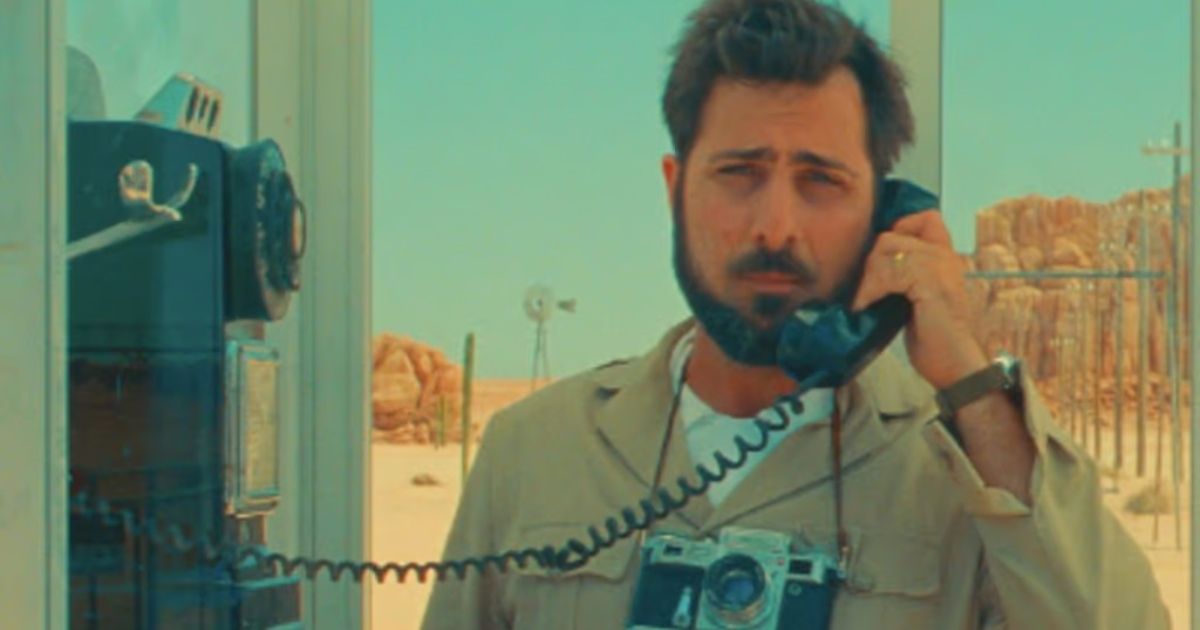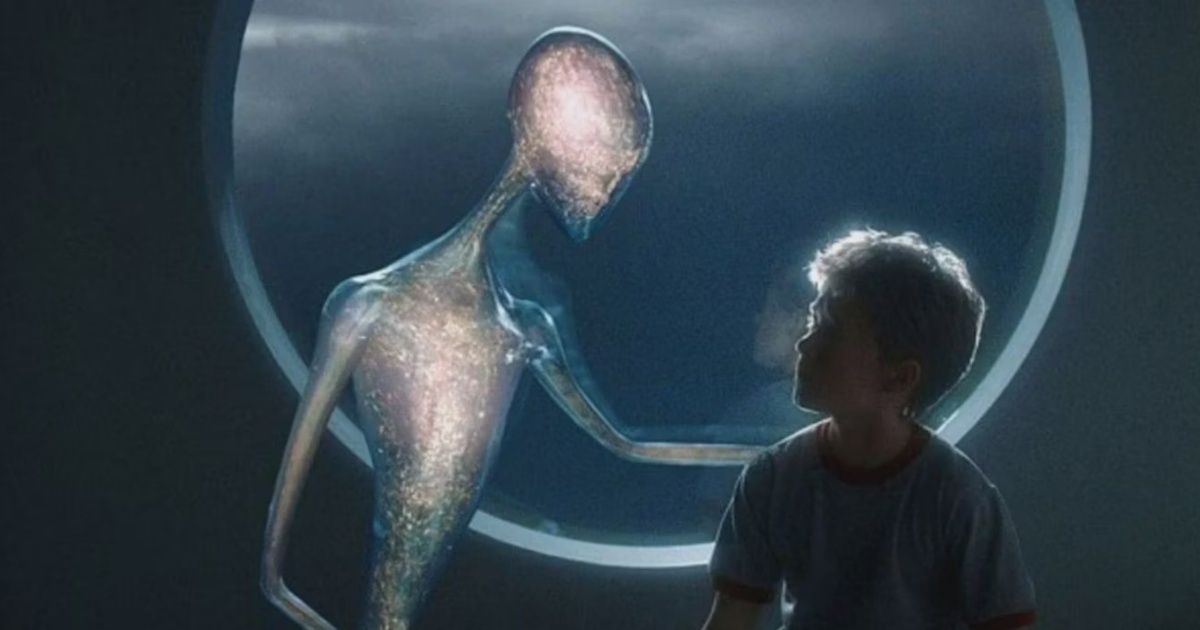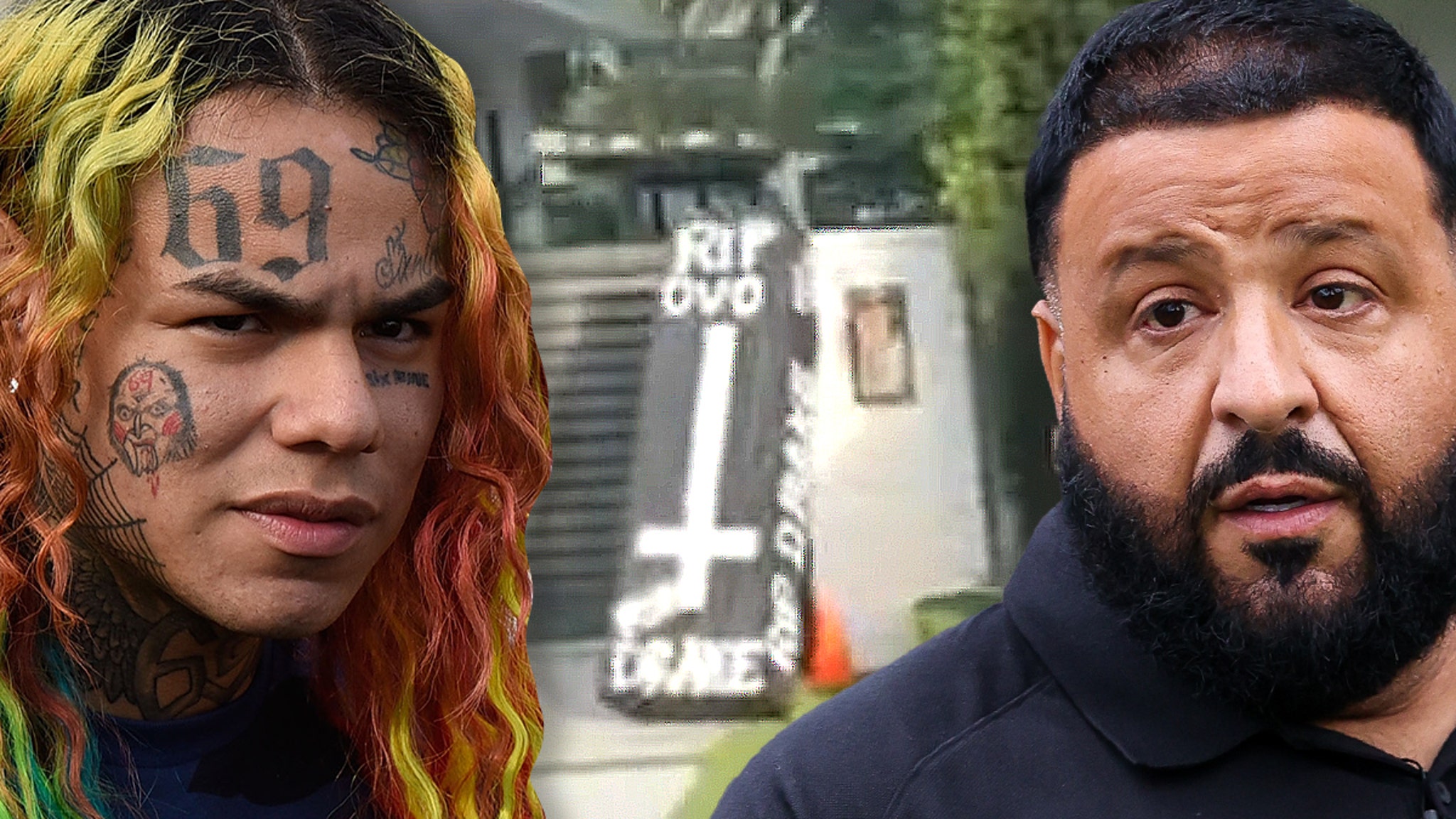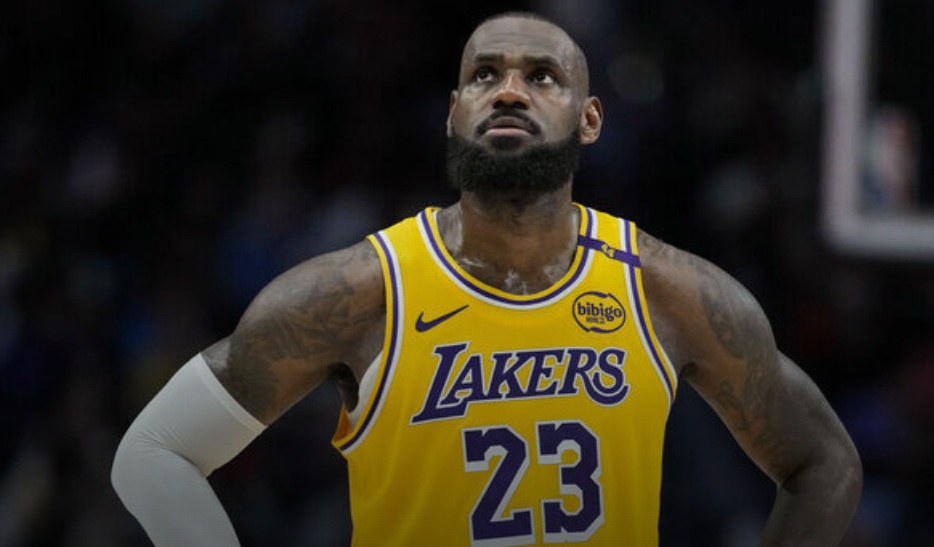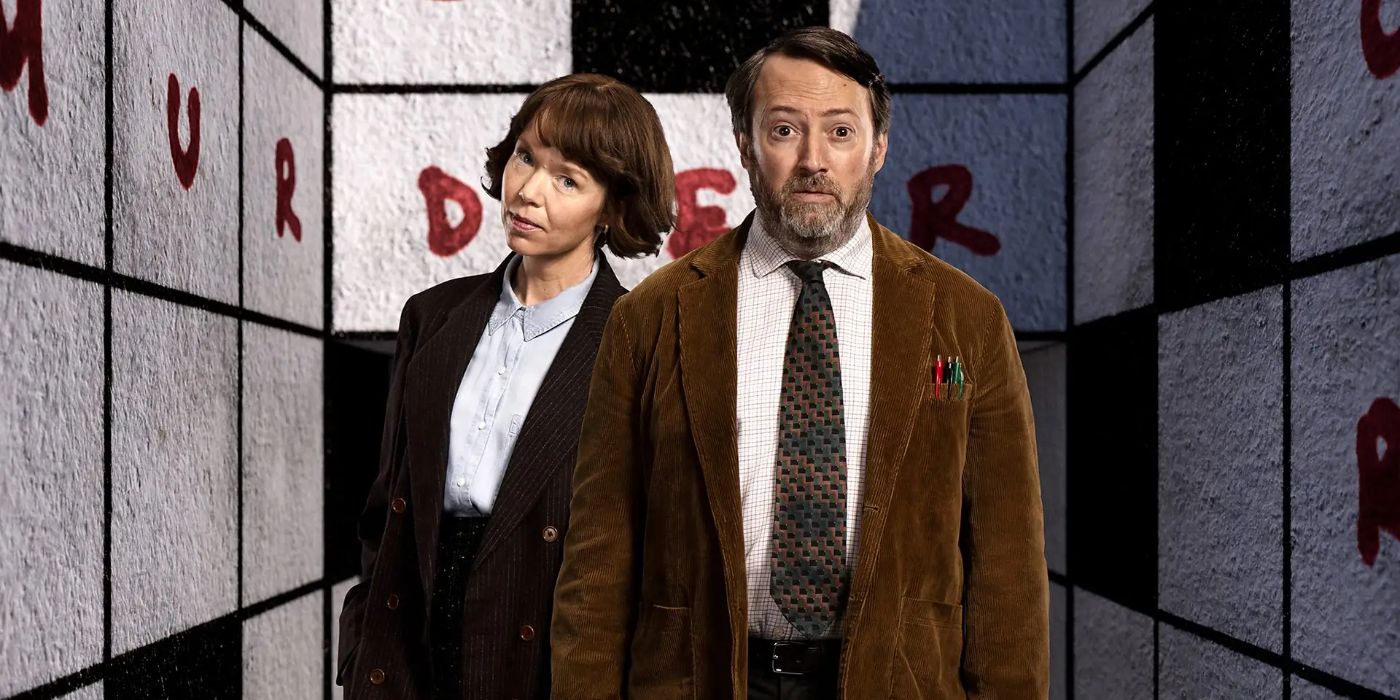And yet, despite the positioning of this story within a Native American milieu, the characters stand alone as thorny individuals whose decisions remain mysterious though the last scene. In that sense, “Wild Indian” owes more to a violent, antihero-driven film like “Affliction” or “Taxi Driver” or “Menace II Society” than it does to a so-called “problem picture” that’s intended to raise awareness of the plight of a group of people. Culture and history are important to the characters—just as, say, Travis Bickle’s war experience, sexual hang-ups, and mental illness are important in understanding him—and they help partly explain why they made bad choices (and why certain traumas were visited upon them and their people, through no fault of their own). But there’s a lot going on in this movie beyond explanations, maybe too much for clarity’s sake.
This is not a movie that wants to hold your hand and explain what it means. It seems likely that the filmmaker couldn’t explain what he means by every choice, because so many of them seem intuitive, from the montage of silent images of young Mak’wa’s domestic violence-battered face regarding the future murder victim with his girlfriend, to the final shot of a man contemplating eternity.
The performances, too, keep things close to the vest. Greyeyes plays Michael as a tormented and confused man, but with an arrogant edge that appears to have been the product of emulation (he wasn’t like that when he was younger). But the question of whether the character is “likable” is not on the radar of the actor or the filmmaker. Ditto Spencer’s performance as the adult Teddo, a decent-souled person who seems to have an instinctive rapport with his sister’s boy and is carrying massive guilt and making some terrible decisions. The stars aren’t spoon-feeding the viewer information or trying to micromanage our sympathies. They’re just playing the roles.
The brief running time, coupled with the economical acting and somewhat elliptical writing and directing, will leave viewers with a lot of questions. But this is by design. It seems clear that Corbine wanted to make a personal movie, not a history lesson or morality play aimed at hypothetical white viewers, and it’s impossible to look at the finished product without feeling that he succeeded. Whatever its merits as a freestanding story, “Wild Indian” should be regarded as a major work, not just within the context of its director’s career, but cinema as a whole. It is not interested in mediating its characters, story, or themes for the benefit of a culture that makes it nearly impossible for films like this to get made. It’s a declaration of independence.
Now playing in select theaters and available on demand.
You can view the original article HERE.

